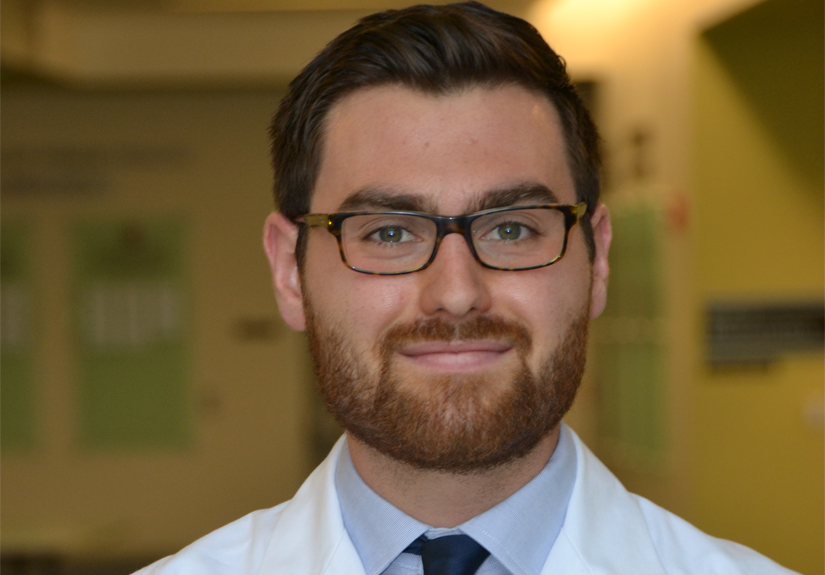The Student: Dan Brook
I fell in love with epidemiology in 2011. I was a freshman at Ohio State and my familiarity with public health was limited to the movie “Contagion” and the Affordable Care Act. After I had the opportunity to meet with and observe some professors at the College of Public Health, I was hooked.
By Dan Brook

At the time, I was committed to pursuing academic medicine. I had the (false) belief that public health and medicine were separate entities, but after entering medical school I recognized how intertwined public health and medicine are.
I found my niche.
I contemplated applying to MPH programs, but after working on a pharmacoepidemiology project, I soon realized that level of training wasn’t going to be enough. I decided to go all in and pursue a PhD in epidemiology.
Entering a dual degree program can be a leap. It can be tough to straddle cohorts of classmates or, in my case, leave a group behind entirely as you take a new path in your career. But the rewards are well worth it.
Several dual degree programs exist at Ohio State, however public health stands out because it is inherently an interdisciplinary field. In medicine, I'm being trained to translate public health research, and in public health I’m learning how to translate medical research. These translational skills that I am fostering will undoubtedly help my future as a public health physician-scientist.
Whether your areas of interest have well-worn paths laid by students before you or you’re interested in an entirely new combination, take the plunge and pursue a combined degree. Your career will thank you for it.
Dan Brook is currently pursuing an MD and a PhD in epidemiology in the Medical Scientist Training Program. He is a graduate fellow advisee of William Miller, MD, PhD, MPH, chair of the Division of Epidemiology at CPH. Brook is interested in the intersection of health care services, infectious disease epidemiology and the opioid epidemic.
Originally published in the spring/summer 2018 issue of Ohio State Public Health Magazine.
About The Ohio State University College of Public Health
The Ohio State University College of Public Health is a leader in educating students, creating new knowledge through research, and improving the livelihoods and well-being of people in Ohio and beyond. The College's divisions include biostatistics, environmental health sciences, epidemiology, health behavior and health promotion, and health services management and policy. It is ranked 22nd among all colleges and programs of public health in the nation, and first in Ohio, by U.S. News and World Report. Its specialty programs are also considered among the best in the country. The MHA program is ranked 5th and the health policy and management specialty is ranked 21st.